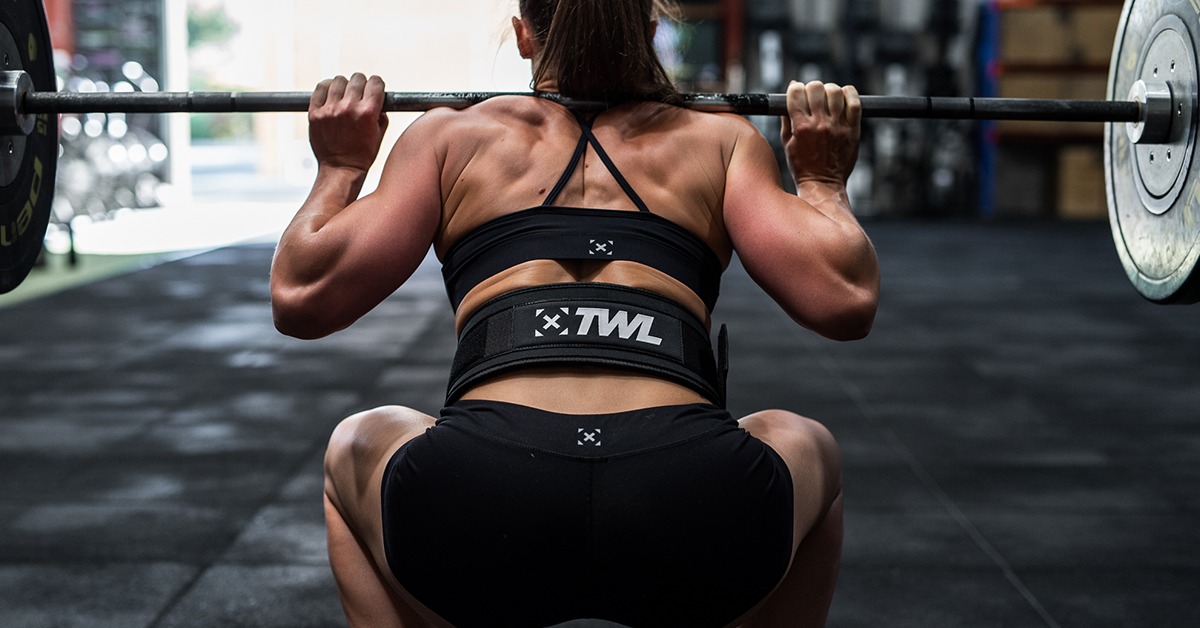If you are suffering from lower back pain, more than likely you can thank your chair and the muscles that have grown tight and immobile from the more than eight hours you spend sitting each day. Weak muscles are one factor that causes lower back pain, but tight and immobile muscles are just as contributory. Stretching and mobilizing these muscles can do wonders to alleviate the pain on your lower back.
Chances are, if you know your weaknesses, identifying your immobilities won’t be too hard. Here’s how it typically works: Because you are sitting all day, your glutes are turned off and your hips are in a static position of partial flexion. This leads to (a) weak glutes and (b) tight hip flexors.
Elsewhere throughout the body, similar situations are at play: a muscle or a muscle group on one side of your body is inactive, while an opposite muscle or another muscle group is almost constantly flexed. This flexion leads to tightness and immobility, which is exhibited through poor posture, improper movement, and, when it goes on long enough, lower back pain.
We have already covered how to target muscle weakness, so in this post, we will stick to improving mobility and loosening tight muscles. The following stretches and mobility drills target muscles up and down the chain that contribute to lower back pain.
5 Stretches to Relieve Lower Back Pain
1. Knee-to-Chest
Muscle targeted: Piriformis.
The piriformis is a muscle deep in the butt, or gluteal region, which can easily be overlooked while stretching the other gluteal muscles. When tight or immobile, the piriformis can cause a tilt in the pelvis that puts a strain on the lumbar spine and leads to lower back pain.
To perform the stretch: Lie down on the floor on your back with one leg stretched out. Draw the other leg diagonally across your chest, bringing it as close to the opposite shoulder as possible. Hold for 20 to 30 seconds. Repeat on the other side.
2. Banded Hamstring Stretch
Muscle targeted: Hamstrings.
When your hamstrings are tight, your lower back tends to arch more than it should, increasing strain on your spine. There are a variety of ways to loosen the hamstrings, such as standing and reaching down to touch your toes, lying on the floor, and having a partner push your extended leg toward your chest. We recommend hitting the foam roller first to activate these muscles.
To perform the stretch: Sit on the floor and wrap a heavyweight band (think: what a beginner would use for banded pull-ups) around one foot. Holding each end of the band in your hand, lie flat on the floor and raise your leg. Use the band to pull your leg as close as you can while keeping your knee straight. Hold for 20 to 30 seconds. Release for a moment and then pull your leg close again, trying to stretch farther than you did the last time. Switch legs. Repeat as necessary.
3. Softball Gluteus Release
Muscles targeted: Gluteus medius and gluteus maximus.
Your glutes are some of your body’s most powerful muscles, but like any muscle, they can get tired, stiff, and tight. Like the piriformis and hamstrings, when your glutes are tight and immobile, they lead you to sit, stand, and move in poor positions that place extra strain on your lower back.
To perform the drill: Grab a softball or similarly sized massage ball that is not going to squish under pressure. On the floor, place the softball under your butt in varying places until you find a spot that is tight or sore. Hold yourself in that position and apply pressure until you feel the area release. Roll out gently until you find another trigger point. Do this from a variety of angles — laying flat, angling to the side — and go up all the way to your hip and down to your hamstrings. Make sure you do this on both sides, so you do not end up more lopsided than when you started.
4. Pigeon Stretch
Muscles targeted: Hip flexors.
Because sitting all day has your hip flexors in a constant state of partial flexion, it can be hard for the hip flexors to let go, but this is one of those cases when letting go is the healthy decision.
To perform the stretch: Get on all fours and raise one knee so it is on the floor directly below your shoulder. Your lower leg should be folded across the floor at 45 to 90 degrees. Stretch your opposite leg straight out behind you and drop your hips to the floor. Hold that position for 20 to 30 seconds. Switch sides.
5. Kneeling Lunge and Lean
Muscle targeted: Psoas.
Psoas are deep-seated core muscles that connect your lumbar spine to your lower body and act as hip flexors as well as stabilizers. When their mobility is neglected, the lumbar spine takes the heat.
To perform the stretch: Lower yourself into a lunge position with your back knee on the floor and raise your hands overhead. Keeping your torso upright and your lower back neutral, lean forward into the lunge. You should feel a stretch in your hip flexor. Then, led by your arms, stretch your torso to the side. You should feel a stretch under your rib cage. Hold each position for 15 to 20 seconds and repeat on the opposite side.
These stretches and drills can be done before and after your workout or when you are at home in front of the TV as an alternative to sitting some more. (But remember: if your lower back pain persists and nothing is making it better, do not muscle through it. Schedule an appointment and get it checked out.)
What stretches and mobility exercises have you found helpful for relieving lower back pain?













